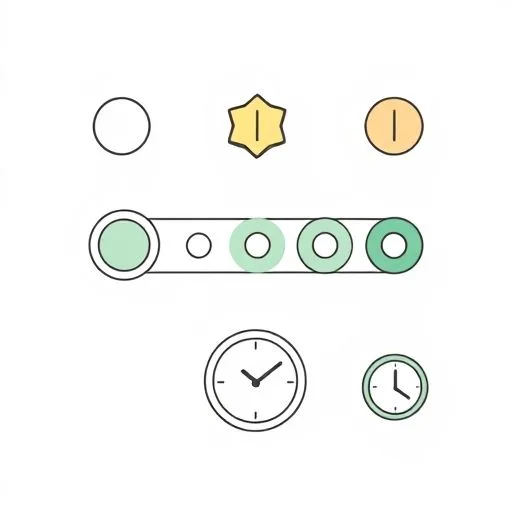
We’ve all been there—late at night, when the kids are finally asleep, and the glow of the monitor catches your partner’s tired face. Remember how she whispered that one question? ‘What do we do when screens are everywhere?’ It’s that quiet tension every parent feels. We know the digital tightrope, don’t we? We’ve all tiptoed along this line, haven’t we?
The Weight of Those Digital Boundaries

That late-night whisper wasn’t just a question, it was a shared moment of realization. And it’s what led us to really re-evaluate the weight of our digital boundaries.
Setting boundaries sounds so simple in the articles. But living it? That’s another story.
Like the bedtime struggles when we promised to ‘stick to the screen time rules’—and watched our resolve crumble under their please-just-one-more-minute eyes. It’s in those moments, when we exchange glances, that we realize we’re all beginners.
We try, adjust, and try again. Because that’s what parenting is—a series of quiet corrections, not a single perfect solution.
Her Hidden Strength in the Chaos

I’ve watched her—that quiet way she sets down the tablet while the kids are still building their worlds inside Minecraft. She doesn’t announce it.
There’s just that moment when she nudges their attention toward the window, to the birds fighting over the feeder. That’s the real screen time management—the gentle shift in focus, not the timer on the device.
It’s a superpower that feels like patience, not just patience. It’s like a silent superpower, the one that makes the birds outside the window more interesting than the blockiest pig in the world. And she does it while making the grocery list.
When We Talk… and Listen

The dinner table became our first screen-free zone. Not a rule, but a choice. After a few evenings, we heard the laughter again—the kind that’s drowned out when everyone’s scrolling.
We’ve learned to ask what they’re watching online. And sometimes, we listen to them explain the allure of their digital worlds.
That’s where the real balance happens—not in the battle, but in the conversation we never quite had before.
It’s a slow dance, isn’t it?
Our Own Little Offline Rituals

Wednesday nights are ours now. Board games. Watercolor. Or just a walk around the block. The magic isn’t in the activity—it’s in the shared decision to pause.
We’ve seen the fidgets, especially from the kids, when they’re suddenly away from the screens. But then, slowly, they come back to life.
That’s when we’ve glimpsed it: the understanding that digital wellness is a practice, not a perfect. Just like the way we’ve learned to let our own phones sleep during dinner.
Her Peace of Mind—the Unseen Layer

I’ve noticed how she breathes deeper when she knows the parental controls are set—not just to block content, but to open space for childhood.
We’ve both seen the relief in each other’s eyes when we find a way to protect their online time without hovering.
It’s that balance between connection and protection—the place where we’ve learned to tell them, ‘We’re not trying to control your screen time. We’re trying to help you control your own.’
Source: Behavioral Health Market to Reach USD 172.61 Billion by 2034 North America Leads 2024, Asia-Pacific Fastest Growing, Globe Newswire, 2025-09-23
